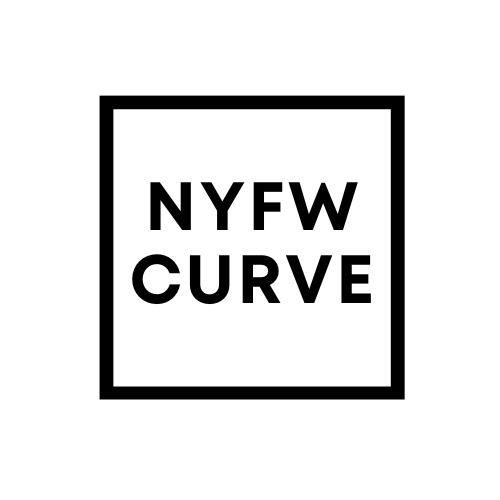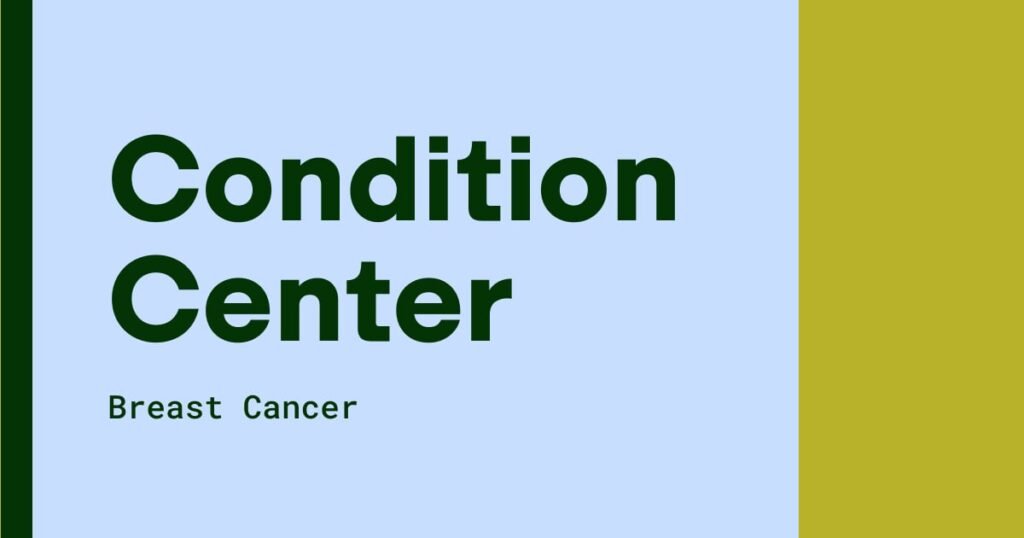This informative guide, part of the PS Wellness Center, explains the reality of this health problem: what it is, what it might look like, and strategies that medical experts say are proven to help. Before starting any course of treatment, you should consult your doctor regarding questions related to your health.
About 1 in 8 women in the United States will develop breast cancer at some point in their lives, making it an important disease to be aware of. Unfortunately, breast cancer affects both women and men: According to the American Cancer Society (ACS), nearly 311,000 new cases of breast cancer are diagnosed in women in the United States each year, and nearly 3,000 cases are diagnosed in men. But breast cancer remains the most common cancer among women besides skin cancer.
Receiving a breast cancer diagnosis can be scary, but doctors agree that most patients have several treatment options. “Today, the prognosis for women diagnosed with breast cancer is better than ever,” said Wael Harb, MD, a medical oncologist at MemorialCare Cancer Institute at Orange Coast and Saddleback Medical Center in Orange County, California.
Richard J. Bleicher, MD, chief of breast surgery at Fox Chase Cancer Center, agrees. “Breast cancer diagnosis is incredibly traumatic, but our ability to survive has been improving for decades,” he said.
As with most forms of cancer, early detection is important. Here’s what oncologists want you to know about breast cancer, including its different forms, symptoms and treatment options.
Experts featured in this article:
Wael Harb, MD, is a medical oncologist at MemorialCare Cancer Institute of Orange Coast and Saddleback Medical Center in Orange County, California.
Richard J. Bleicher, MD, is chief of the Division of Breast Surgery at Fox Chase Cancer Center.
What is breast cancer and what are its symptoms?
According to the ACS, breast cancer is a cancer that starts in the breast. It can start in one or both breasts and can occur in both men and women.
Cancer begins when cells in the body begin to grow out of control. While breast cancer is often associated with a lump, it’s possible that a lump in the breast isn’t cancer, Harb said. In fact, according to the ACS, most breast lumps are not cancerous.
breast cancer symptoms
Symptoms vary from person to person, but according to Dr. Bleicher, symptoms typically look like the following:
- Swelling of the breasts, collarbone, or armpits
- Dimpled skin with an orange peel-like appearance
- Nipple retraction (nipple pulled inward)
- Redness, thickening, or other changes in the appearance of breast skin
- release
Breast cancer may also have no symptoms. “The most common thing is that women don’t feel anything,” Dr. Bletcher said. That’s why regular mammograms are so important, he said. Currently, the United States Preventive Services Task Force (USPSTF) recommends that women undergo breast cancer screening every two years starting at age 40.
Types of Breast Cancer
Although breast cancer is often grouped together, there are several different types. Breast cancer is generally classified as invasive (meaning the cancer has spread to surrounding tissue) and non-invasive (meaning the cancer has not spread yet). (Noninvasive breast cancer is sometimes called breast cancer in situ or precancerous lesions.)
According to the ACS, these are the two main types of non-invasive breast cancer:
- Ductal carcinoma in situ (DCIS). This form of breast cancer begins in the milk ducts and has not spread to surrounding tissue. However, ductal carcinoma in situ can develop into invasive breast cancer.
- Lobular carcinoma in situ (LCIS). LCIS starts in the lobules (small glands that produce milk) but has not spread to surrounding tissue. Technically, LCIS is considered benign, that is, not cancerous, but an LCIS diagnosis increases the risk of future breast cancer.
Invasive breast cancer comes in many forms. According to the ACS, the two most common types of invasive breast cancer are invasive ductal carcinoma (IDC) and invasive lobular carcinoma (ILC):
- Invasive ductal carcinoma (IDC). This form of breast cancer starts in the milk ducts and spreads to other parts of the breast tissue. Approximately 80% of breast cancers are IDC.
- Invasive lobular carcinoma (ILC). ILC starts in the lobules and spreads to nearby breast tissue. About one in 10 invasive breast cancers is invasive lobular carcinoma.
There are also less common, aggressive types of breast cancer that account for less than 5 percent of all breast cancers, according to the ACS. These include:
- Adenoid cystic (or adenocystic) carcinoma
- low grade adenosquamous carcinoma
- medullary carcinoma
- Mucinous (or colloid) cancer
- papillary carcinoma
- tubular carcinoma
- metaplastic carcinoma
- micropapillary carcinoma
- mixed cancer
breast cancer risk factors
Breast cancer occurs when cells grow out of control, but certain factors can increase a person’s risk of developing the disease, Dr. Harb said. These can be divided into risk factors that cannot be changed and risk factors that can be changed.
These are the most common breast cancer risk factors you can’t change:
- genetics. According to the ACS, about 5 to 10 percent of breast cancer cases are considered hereditary, meaning they are caused by genetic mutations that are passed down between families. These include mutations in breast cancer gene 1 (BRCA1) and breast cancer gene 2 (BRCA2).
- age. According to the Centers for Disease Control and Prevention (CDC), aging increases the risk of breast cancer, and most breast cancers are diagnosed in patients over the age of 50.
- Reproductive history. According to the CDC, women who start menstruating before age 12 and stop menstruating after age 55 have a higher risk of breast cancer due to longer exposure to hormones.
- have dense breasts. Breasts are made up of fat, glandular tissue (which produces milk) and stromal tissue (or supporting tissue), Hubb explains. Having dense breasts means that 50% or more of a woman’s breast volume is stromal tissue. Although dense breasts are normal and common, they are a risk factor for breast cancer, according to the National Cancer Institute (NCI).
But there are modifiable risk factors for breast cancer. Dr Harb said these include:
- No physical activity
- weight
- First pregnancy after 30 years old
- no breastfeeding
- drinking
- smoking
breast cancer treatment
Over the past few years, many advances have been made in the treatment of breast cancer. Currently, the five-year survival rate for breast cancer ranges from 86% for cancers that have spread outside the breast to nearby areas, to 99% for cancers that have not spread outside the breast.
“We now have better treatments that are less invasive and have fewer side effects,” Dr. Bletcher said. Treatment options include chemotherapy, radiation therapy, hormonal therapy, surgery, targeted therapies and biologic therapies, Dr. Harb said. (Doctors usually tailor treatment based on the type of breast cancer you have.)
Because of these options, “we now have a more positive prognosis for patients than ever before,” Dr. Harb said.
Korin Miller is a writer specializing in general health, wellness, and lifestyle trends. Her work has been published in Women’s Health, Self, Health, Forbes, and other magazines.

